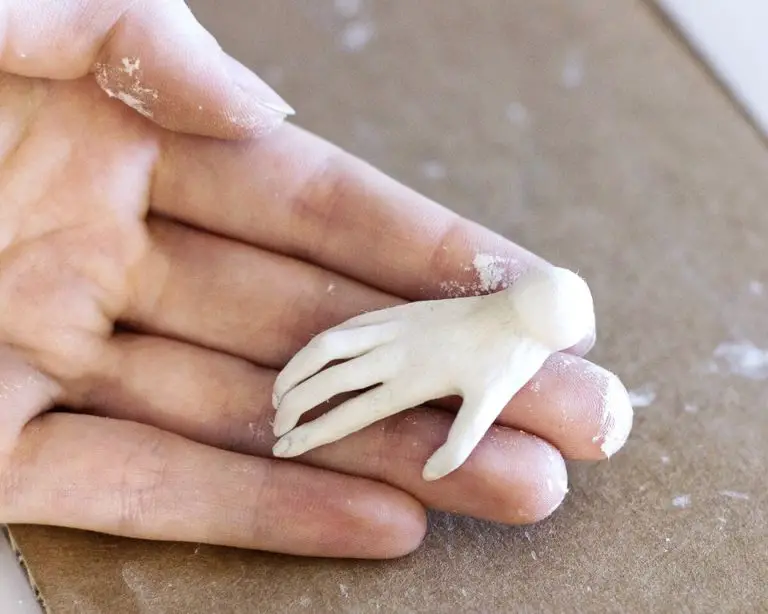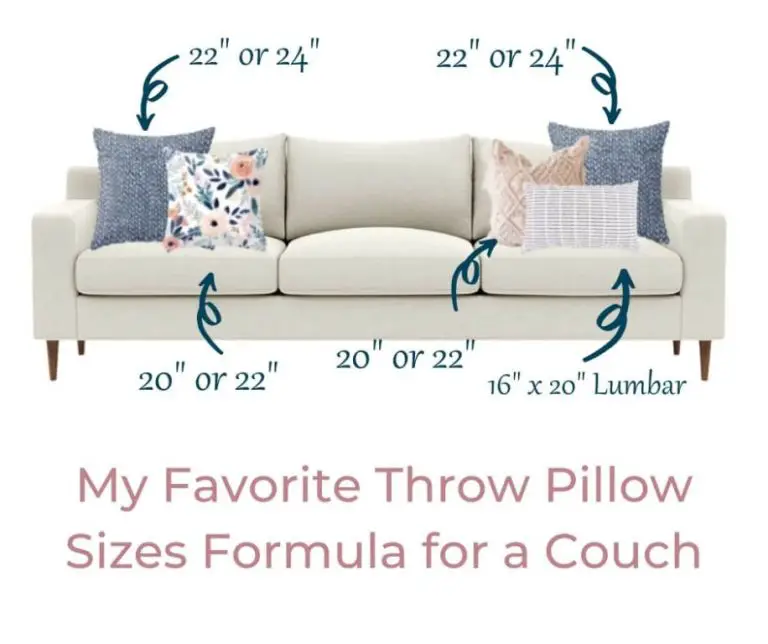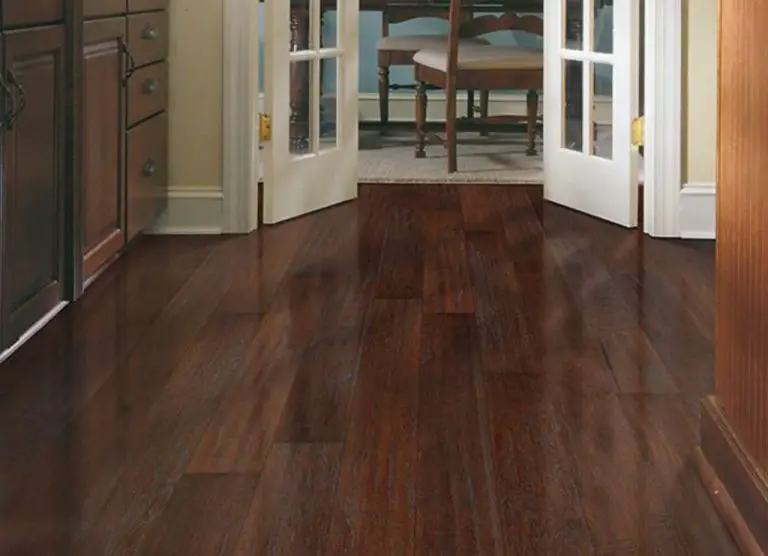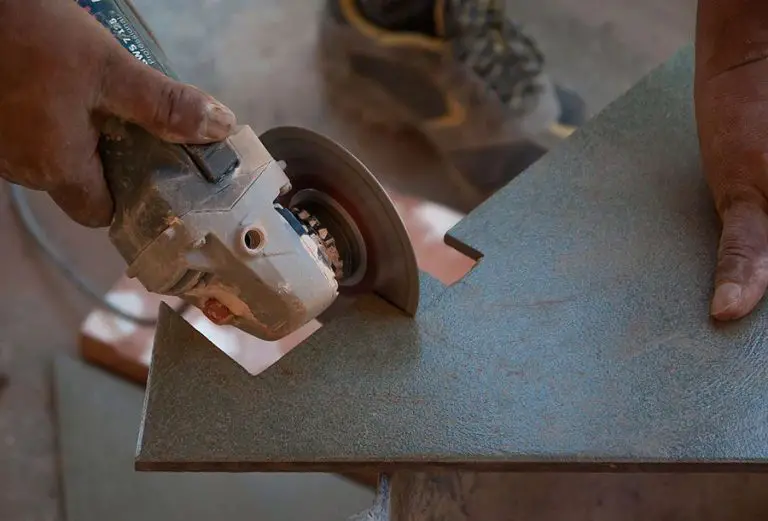How Do I Know If My Pottery Is Valuable?
Determining the value of pottery can seem daunting, but with some research and examination, you can get a good sense of what your pieces may be worth. This article will provide an overview of the key factors to consider when appraising pottery, including maker’s marks, age, condition, style, materials, rarity, and craftsmanship. We’ll also discuss getting a professional appraisal if you want an authoritative valuation. While the actual value depends on many variables, this guide aims to give you the knowledge to make an informed estimate.
Examine Maker’s Marks
One of the first steps in determining if your pottery is valuable is to examine it closely for any maker’s marks. These markings are typically found on the bottom or back of the piece. Maker’s marks can include symbols, numbers, letters, or words that identify the manufacturer and sometimes the artist. According to the guide on Pottery Marks Identification, marks can also indicate the date or location of production.
To identify the maker, you’ll need to research the marks you find. Online resources like The Marks Project have searchable databases of marks that you can browse to find a match. If you determine the maker and time period, this provides valuable clues about the potential value. For instance, pieces from renowned studios or artists are more likely to be desirable to collectors and command higher prices. Knowing the era also helps assess rarity.
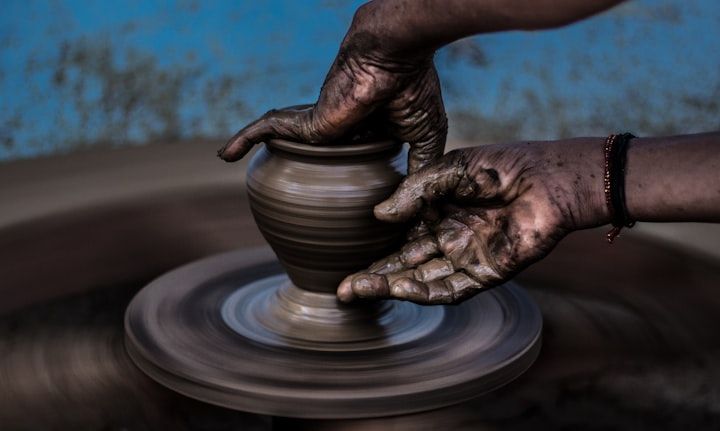
Consider Age
Older pieces tend to be more valuable than newer pieces. There are several ways to determine the approximate age of a piece of pottery:
Examine the style. Styles like Art Nouveau and Art Deco can help date a piece to a certain era.
Look for identifying marks underneath the piece like a maker’s mark, model number, or copyright date. These can give clues as to when the piece was produced. According to The Pottery Wheel, pieces with no marks at all tend to be quite old.
Assess the condition. Older pieces in pristine condition are rarer and more valuable. Signs of wear like crazing, chips, or fading point to an older, well-loved piece.
In general, pieces from the 18th or 19th century tend to be the most prized by collectors and can be worth investigating further with an appraiser.
Evaluate Condition
The condition of a piece of pottery plays a major role in determining its value. Assess the wear, repairs, cracks, chips, fading, and other damage or flaws. Generally, the fewer issues a piece has, the higher its value will be.
Check for any chips, hairline cracks, or major cracks that go through the piece. Small chips and hairline cracks will reduce value somewhat, but major structural cracks can decrease value significantly. Repairs like gluing cracks and chips back together will also diminish value.
Look for any signs of fading, discoloration, or deterioration of decorative elements. Original bright colors and crisp details increase value. Fading and wear will lower value.
Examine the bottom and any foot or pedestal for wear. Some minor scuffing is typical with age, but excessive wear indicates the piece was heavily used, lowering value. If the maker’s mark is worn away, that will also decrease value.
According to research, damage like chips and repairs can reduce a piece’s value by 50% or more. The better the condition, the more desirable and valuable the pottery will be to collectors.
Research Styles
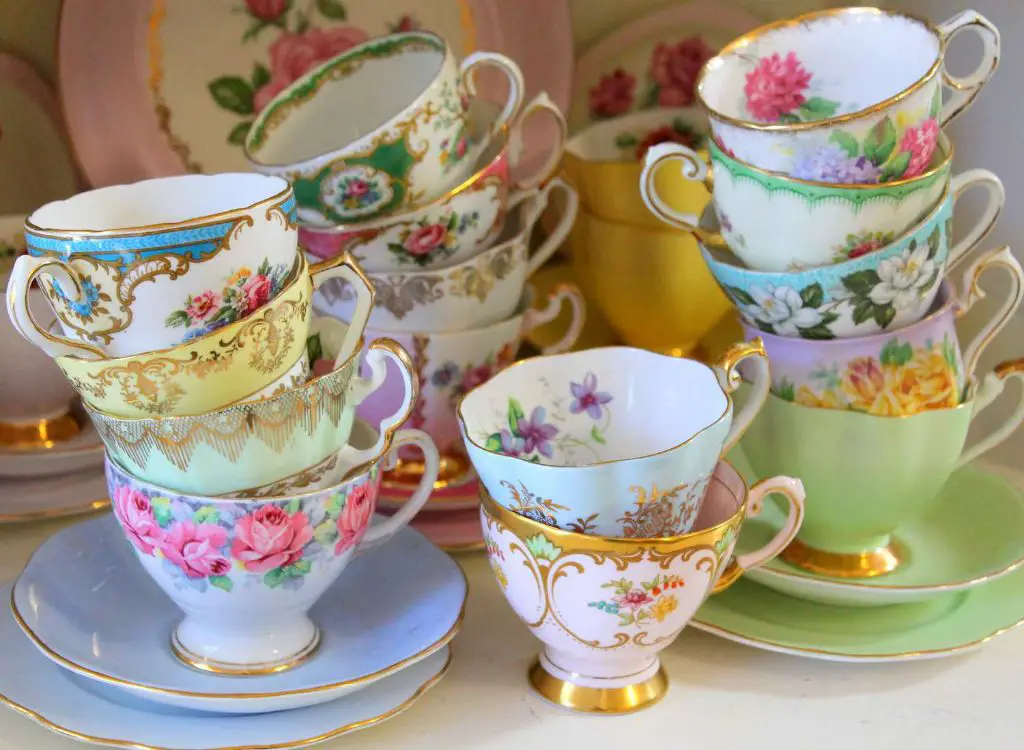
Identifying the style or artistic genre of a piece of pottery can provide clues to its value and historical significance. Some of the most valuable and sought-after styles include:
Mochaware – Distinctive pottery from the late 18th and early 19th centuries featuring tree-like dendritic patterns in black, brown and yellow over a white slip. Popular as tableware and highly valued today.
Art Nouveau – Characterized by flowing, organic lines and shapes from nature, Art Nouveau pottery flourished around the turn of the 20th century. The work of Art Nouveau ceramicists like Grueby and Rookwood can command high auction prices.
Art Deco – The sleek, geometric forms of Art Deco pottery first appeared in the 1920s and remain popular with collectors. Well-known Art Deco ceramic artists include Clarice Cliff and Susie Cooper.
Mid-Century Modern – Mid-20th century pottery in the minimalist modernist aesthetic can be valuable, especially works by influential studio potters like Eva Zeisel and Peter Voulkos.
Researching the hallmarks of major styles provides clues for identifying valuable antique and vintage pottery pieces.
Examine Materials
The materials used to create a piece of pottery play a major role in determining its value. Porcelain and bone china are considered more prized and valuable materials than stoneware or earthenware. According to the article “17 of the Most Valuable Pottery and Porcelain Marks“, brands like Royal Doulton, Royal Crown Derby and Royal Worcester are known for their fine porcelain pieces which can fetch high prices at auction. Bone china also commands premium values, with brands like Wedgwood, Royal Albert and Aynsley recognized for their bone china. While quality examples of stoneware and earthenware can have value, porcelain and bone china are regarded as finer materials that appeal more to high-end collectors.
The delicacy and translucent qualities of porcelain set it apart from other clays. Experts advise examining the color, texture and light penetrating properties of a ceramic piece to identify it as porcelain. Bone china will be similarly light-colored and translucent. These traits make porcelain and bone china more appealing to collectors versus the heavier, opaque qualities of stoneware and earthenware. Assessing the materials used is key to gauging the upper limits of a ceramic piece’s potential value.
Consider Rarity
Unique, one-of-a-kind, or limited edition pieces tend to be more valuable than mass-produced items. Rarity increases value – the fewer examples of a particular style or piece that exist, the more coveted it becomes to collectors. Look for signatures, limited edition numbers, or other marks indicating a limited production. Pottery marked as a “one of a kind” or “rare” often commands premium pricing.
Similarly, pieces from a specific artisan, pottery, or region can be desirable for their scarcity. Japanese raku, Italian maiolica wares, and Newcomb pottery are examples of rare styles that attract collectors. If you have an uncommon piece, research how many were originally produced or how many surviving examples exist today. The rarer it is, the more valuable your pottery may be.
Assess Craftsmanship
The quality of craftsmanship greatly impacts the value of a piece of pottery. Signs of high quality construction, glazes, and designs increase the desirability and value. According to the Just Art Pottery article Impact of Damage on American Art Pottery Values, pieces made by famous potteries like Rookwood and Grueby can still retain significant value even with some damage, due to their exceptional craftsmanship.
Look for clean lines, smooth glaze application, crisp details in stampings or carvings, and balanced forms. Subtle variations that come from hand-made processes can add character and value, versus sloppy workmanship which detracts value. Marks of high fire temperatures in the glaze and clean pottery rings also signal quality construction. Simplicity of form and decoration is often a mark of good design. Assess the overall workmanship to determine rarity of technique and aesthetics.
Get Professional Appraisal
For very valuable pieces, consider getting an appraisal from an accredited expert. Look for appraisers who are certified members of a professional appraisal organization like the American Society of Appraisers or the Appraisers Association of America. An accredited appraiser has the knowledge and expertise to properly evaluate your pottery’s history, craftsmanship and current market value. They can help you verify the maker, date of production, rarity, condition issues to be aware of, and estimated auction value. This professional insight helps ensure you understand what your pottery is truly worth before considering selling it or insuring it. Appraisal fees are generally reasonable relative to the value of the items being appraised.
Conclusion
In summary, there are several factors to consider when determining the value of your pottery pieces. To start, carefully examine any maker’s marks, as these can give clues about the age and origin. Research the style and age of your pottery, as older pieces tend to be more valuable. Assess the condition, looking for any chips, cracks, or repairs that could decrease value. Rare designs, high quality materials like porcelain, and excellent craftsmanship increase value. If you want a professional appraisal, look for a reputable antique appraiser who specializes in pottery. By carefully examining these factors, you can determine if your pottery has significant monetary and historical value worth preserving and passing down.

